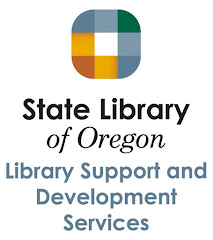Librarian's Guide to Passive Programming: Easy and
Affordable Activities for All Ages presents plans for 32 passive programs
designed to capture the attention of library patrons. Each chapter—which
contains programs grouped thematically—details the steps necessary to reproduce
the programs, and includes supporting handouts, activities, and photographs.
This helpful guide also examines what passive programming is, why passive
programming is relevant, and offers strategies across all aspects of its
implementation—from developing program ideas to evaluating program success.
Features:
- Step-by-step instructions for more than 30 individual programs
- Lists of supplies and resources needed for program implementation
- Alternative approaches for how to adapt the program for in-house or online use
- Strategies for developing, marketing, and evaluating passive programs
Highlights:
- Includes activities for promoting patrons' interest in—and use of—the library
- Details the steps necessary to reproduce the programs
- Provides tips for developing program ideas
- Reveals ways to stretch programming dollars and staff resources
(book description)


